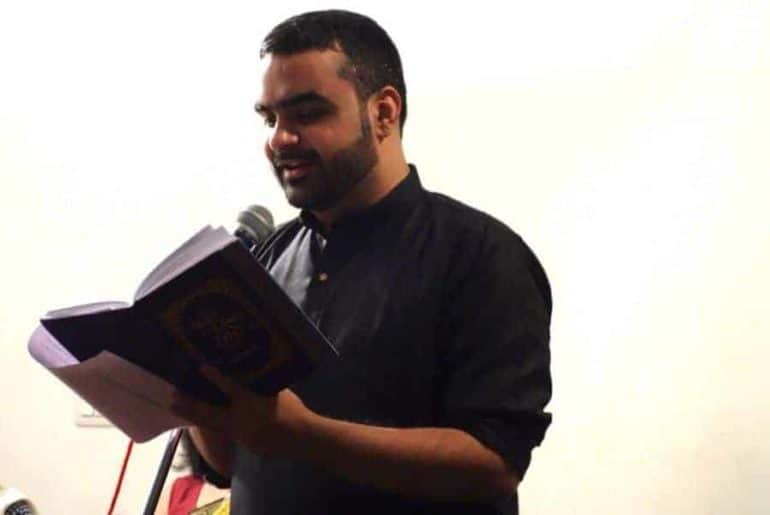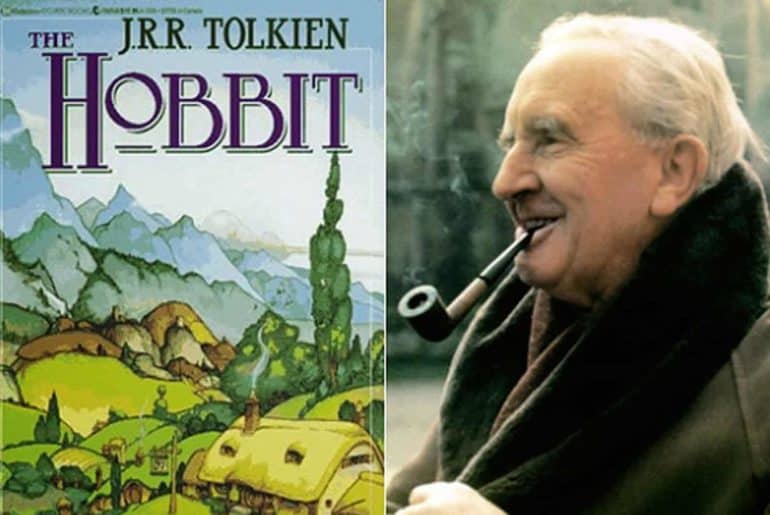The pride month is here! A time where us queer folks gather in solidarity as big corporates indulge in ‘rainbow capitalism’. Here are 8 Asian authors you need to read this pride month.
Hoshang Merchant
Born in 1947 to a Zoroastrian family in Mumbai, Merchant studied in Los Angeles and Purdue. He is known as the first openly gay poet in Modern India. He edited India’s first gay anthology Yaraana: Gay Writing from India. Merchant is the author of 20 books of poetry and 4 critical studies. He even taught poetry and surrealism at the University of Hyderabad for more than two decades.
Akhil Katyal
Katyal is a New Delhi based poet, teacher and translator. His openly queer poetry revolves around cities and the remnants of the past. Katyal was an Asst. Professor at the Department of English of SGTB Khalsa College, Ramjas College and St. Stephens’ College, he even taught at the Shiv Nadar University. He currently teaches at Ambedkar University, Delhi. Katyal is best known for his collection of poems, How Many Countries does the Indus Cross? And his collection Night Charge Extra. He also translated Ravish Kumar’s collection of poems, Ishq Mein Shahar Hona (A city happens in love).
Sara Farizan
Iranian-American Sara Farizan is the author of the 2013 novel If You Could Be Mine, a novel set in Tehran, Iran revolving around two girls who fall in love. The book went on to win the Lamba Literary Award. Farizan wrote the novel after realising her own sexuality and the taboo around it, especially in the Persian Community. She is also the author of Here To Stay and Tell Me Again How A Crush Should Feel.
Aditi Angiras
Aditi Angiras is the founder of Bring Back The Poets, a spoken word poetry collective. She founded the collective in 2014, after her tryst with music, cinema and rap. Angiras is also a queer activist, intersectional feminist and a TED speaker. One of her notable poems is My Mad Girl’s Love Song based on Sylvia Plath’s poem Mad Girl’s Love Song. Angiras is also the co-editor along with Akhil Katyal of a digital anthology of South Asian queer poetry.
Vikram Seth
Author of A Suitable Boy and Mappings, a poetry collection, Seth is possibly one of the most well-known Indian writers of the English language. He is the author of 3 novels, 8 poetry collections and 1 childrens’ fiction book. In 2007, Seth became one of the voices against Section 377 of the Indian Penal Code. His mother, Leila Seth also refers to his sexuality in her memoir. In 2017, Seth was awarded the Makwan Prize for his queer activism.
Suniti Namjoshi
Born in 1941, Namjoshi is a poet and fabulist. She is best known for her book Feminist Fables. Her main influences are Virginia Woolf, Adrienne Rich and Kate Millett. She was also an activist for queer rights. Her work explores her lesbian identity and its definitions in a heteronormative world.
Saleem Kidwai
Kidwai is a medieval historian, queer rights activist and a translator. He taught history at Ramjas College, University of Delhi till 1993. He was one of India’s first academics to come out as queer. His work focuses on Urdu literature, the history of desire and courtesan culture. He is the co-editor of the book Same-Sex Love in India: Readings from Literature and History along with scholar Ruth Vanita.
Shyam Selvadurai
His name might ring familiar to the English hons students, Selvadurai is the critically-acclaimed author of Funny Boy, a story set in Sri Lanka, building up to the 1983 rights. Selvadurai also released an essay in 1997 titled Coming Out which spoke about the bias and discomfort him and his partner faced in Sri Lanka. He released his fourth novel in 2013, he also has a spider named after him.
Feature Image Credits: Live Mint
Jaishree Kumar


